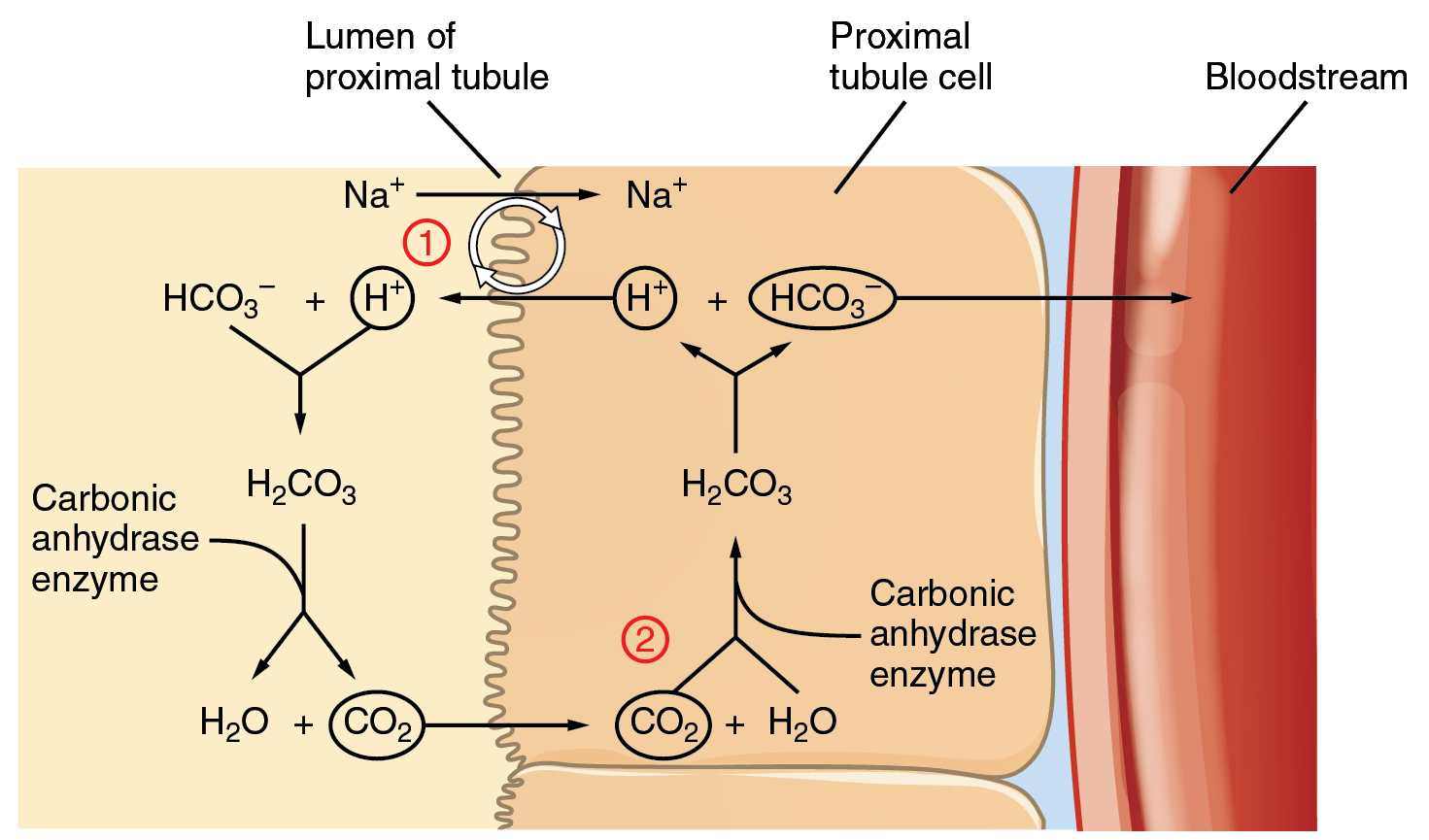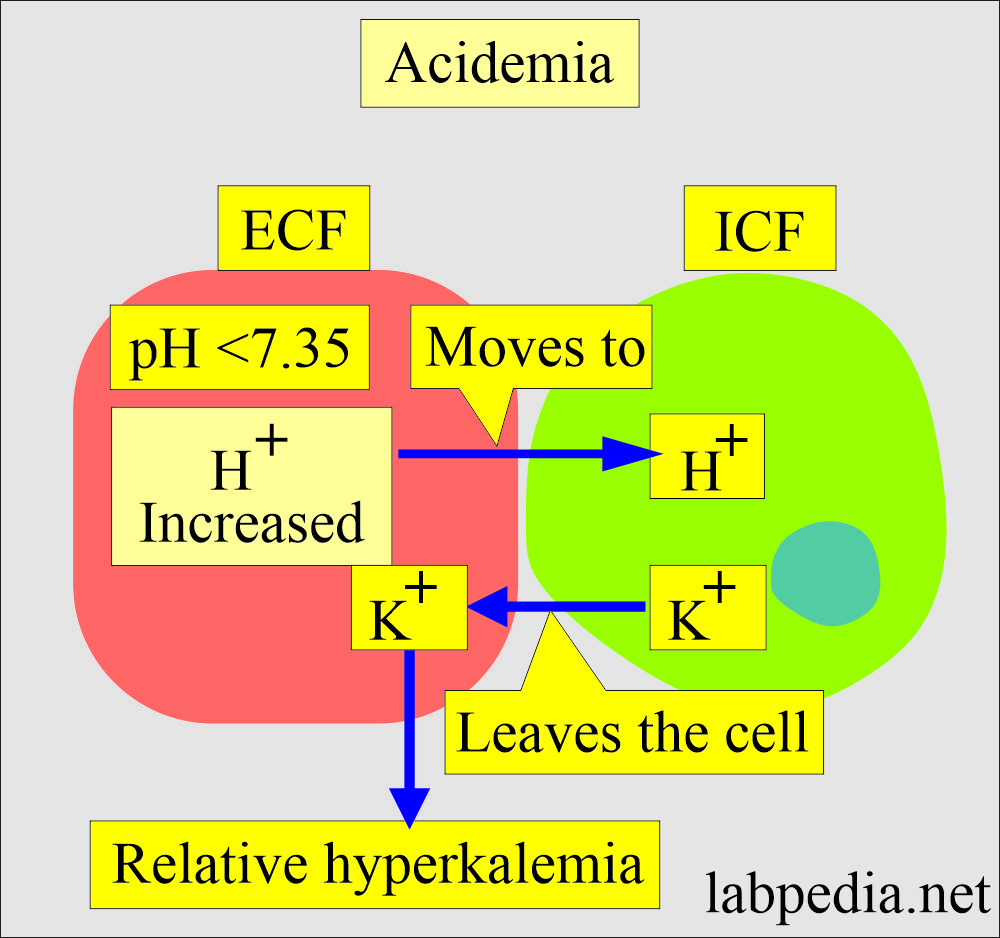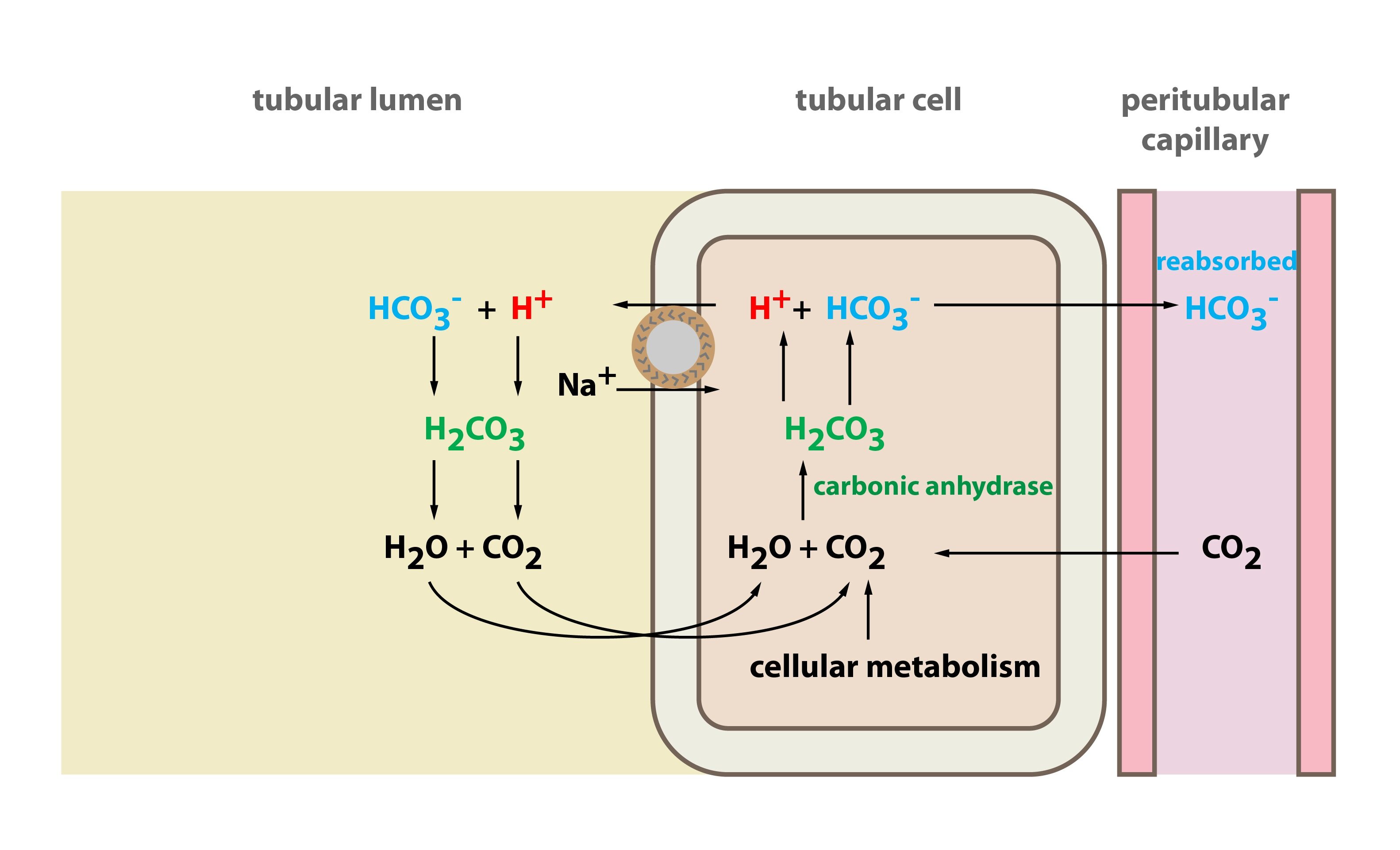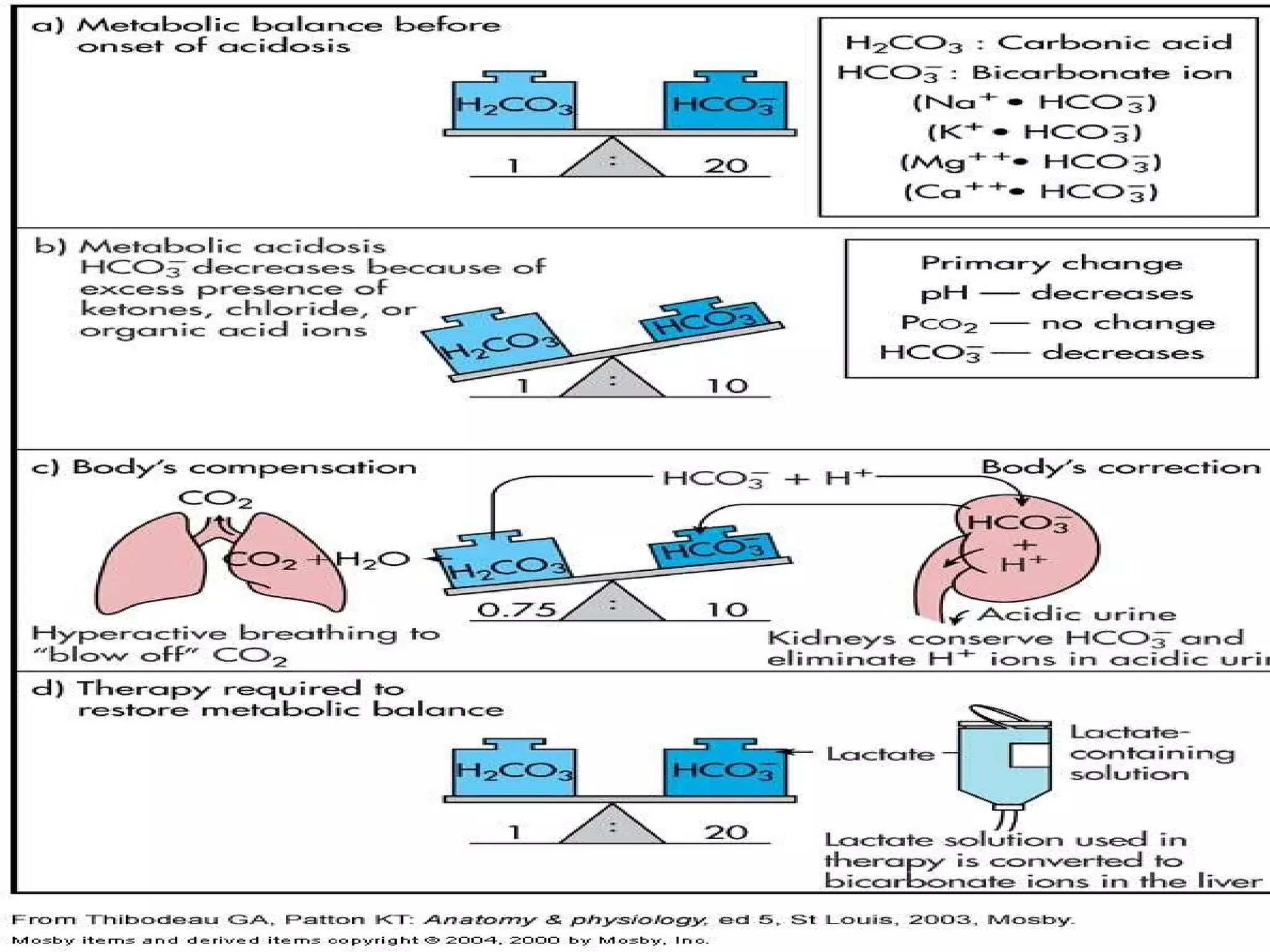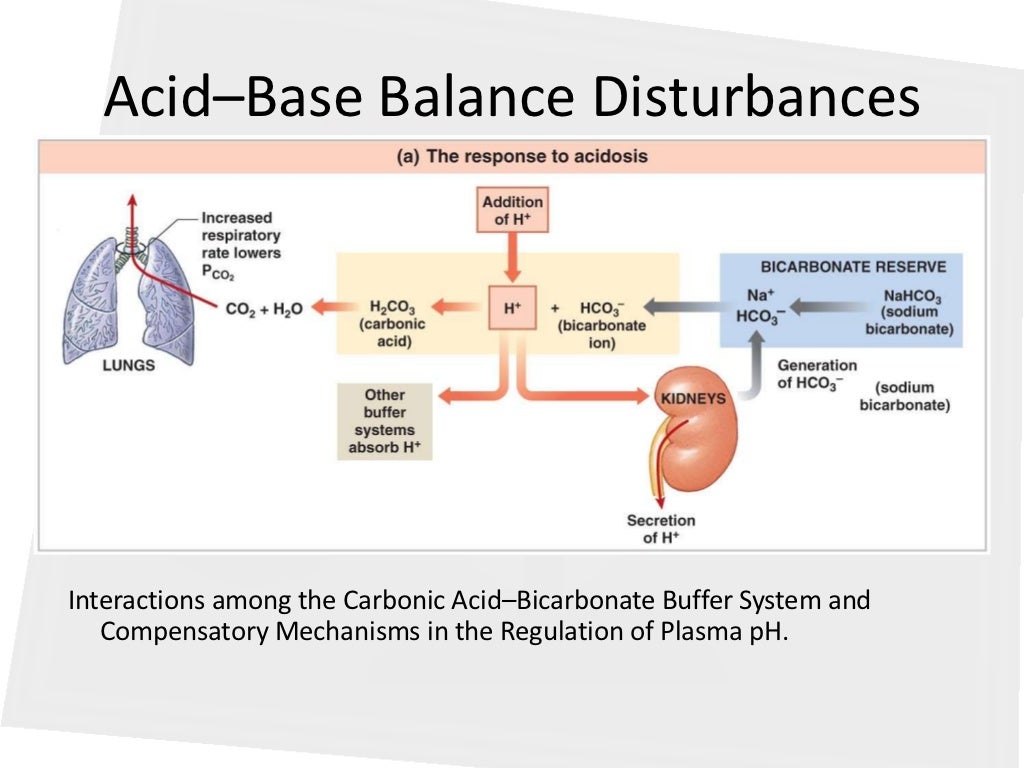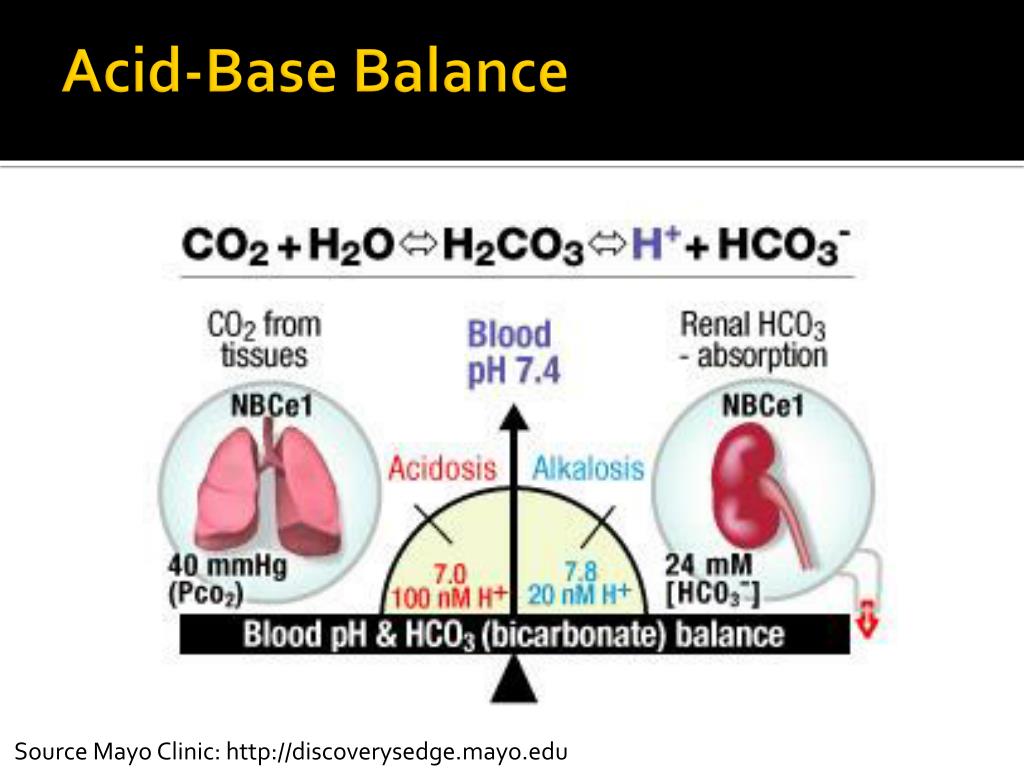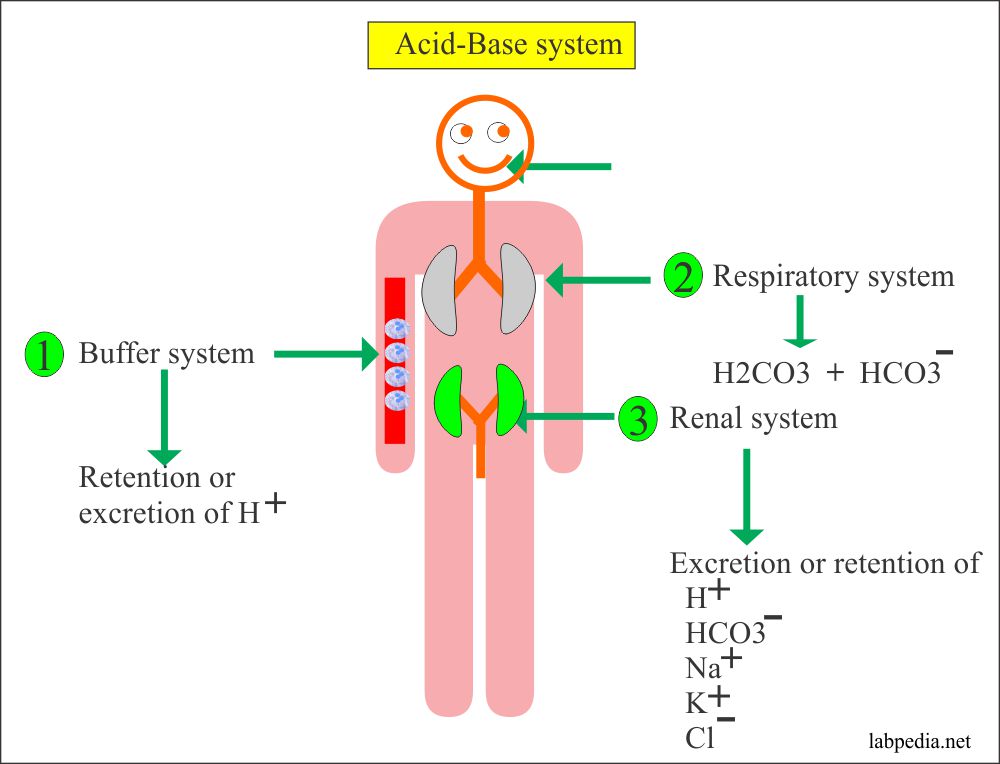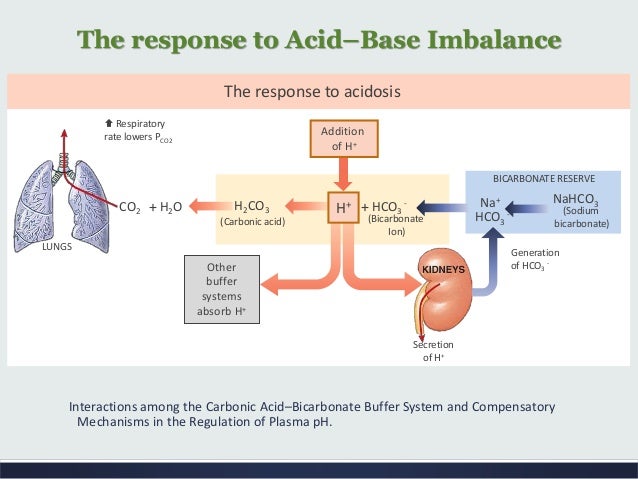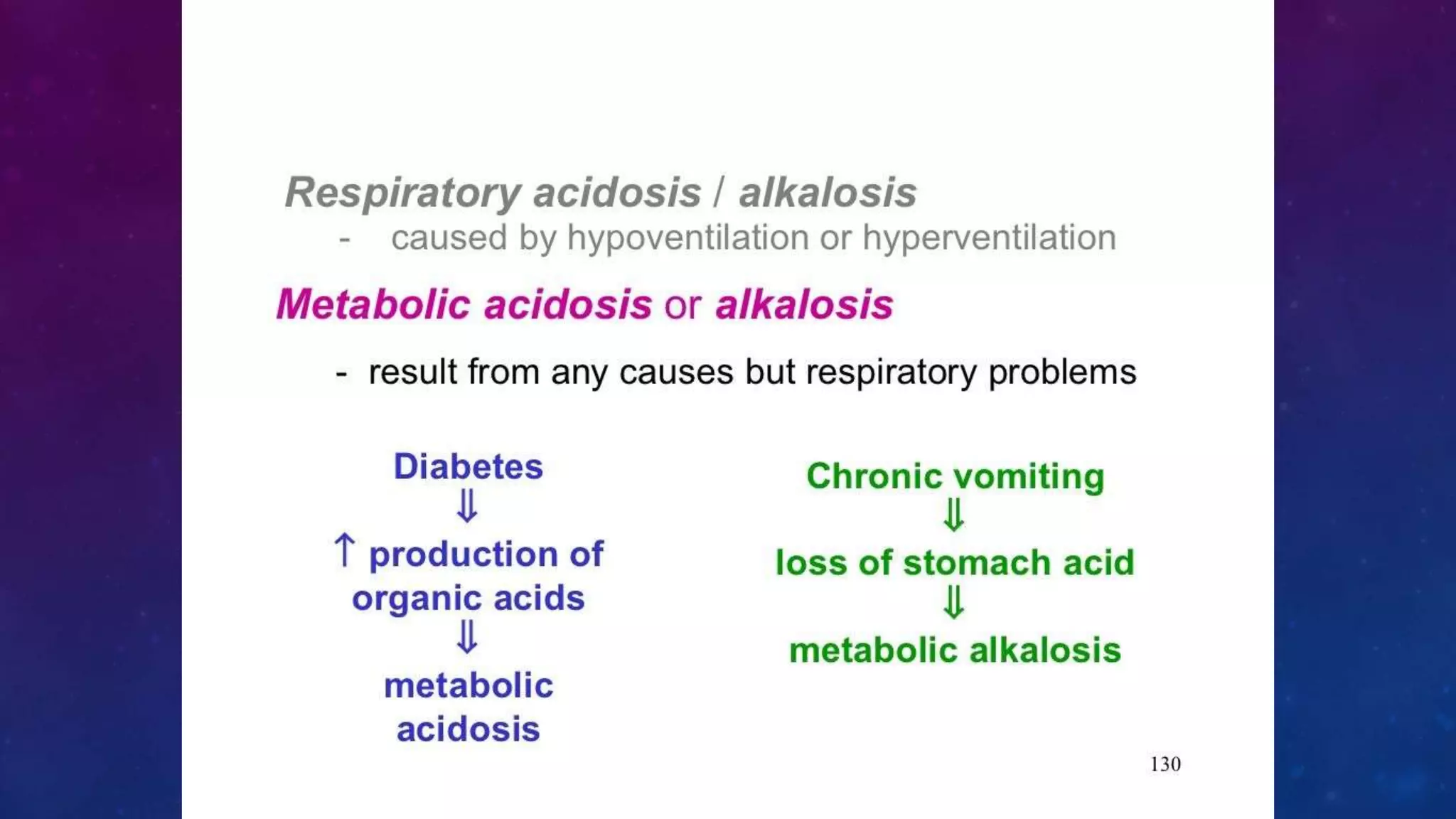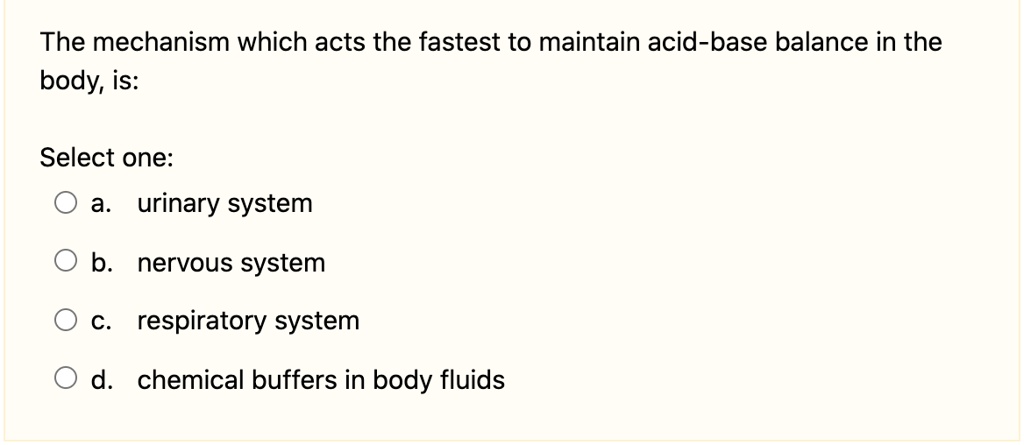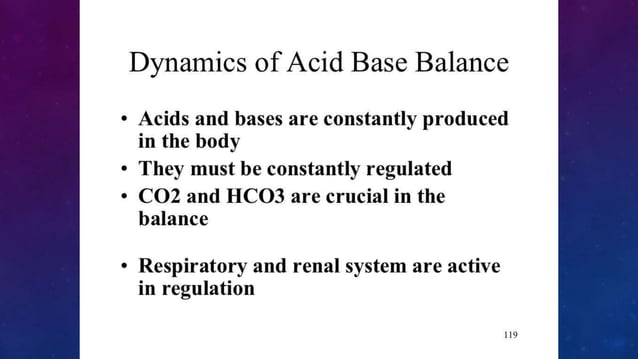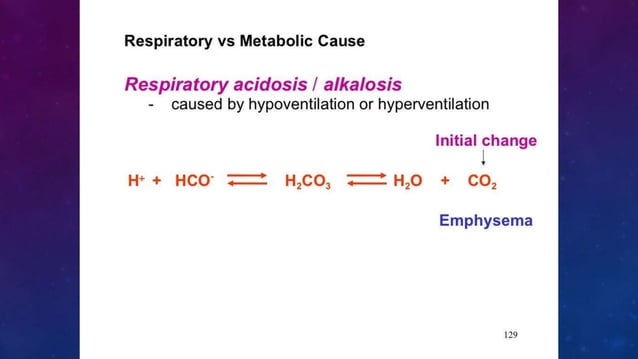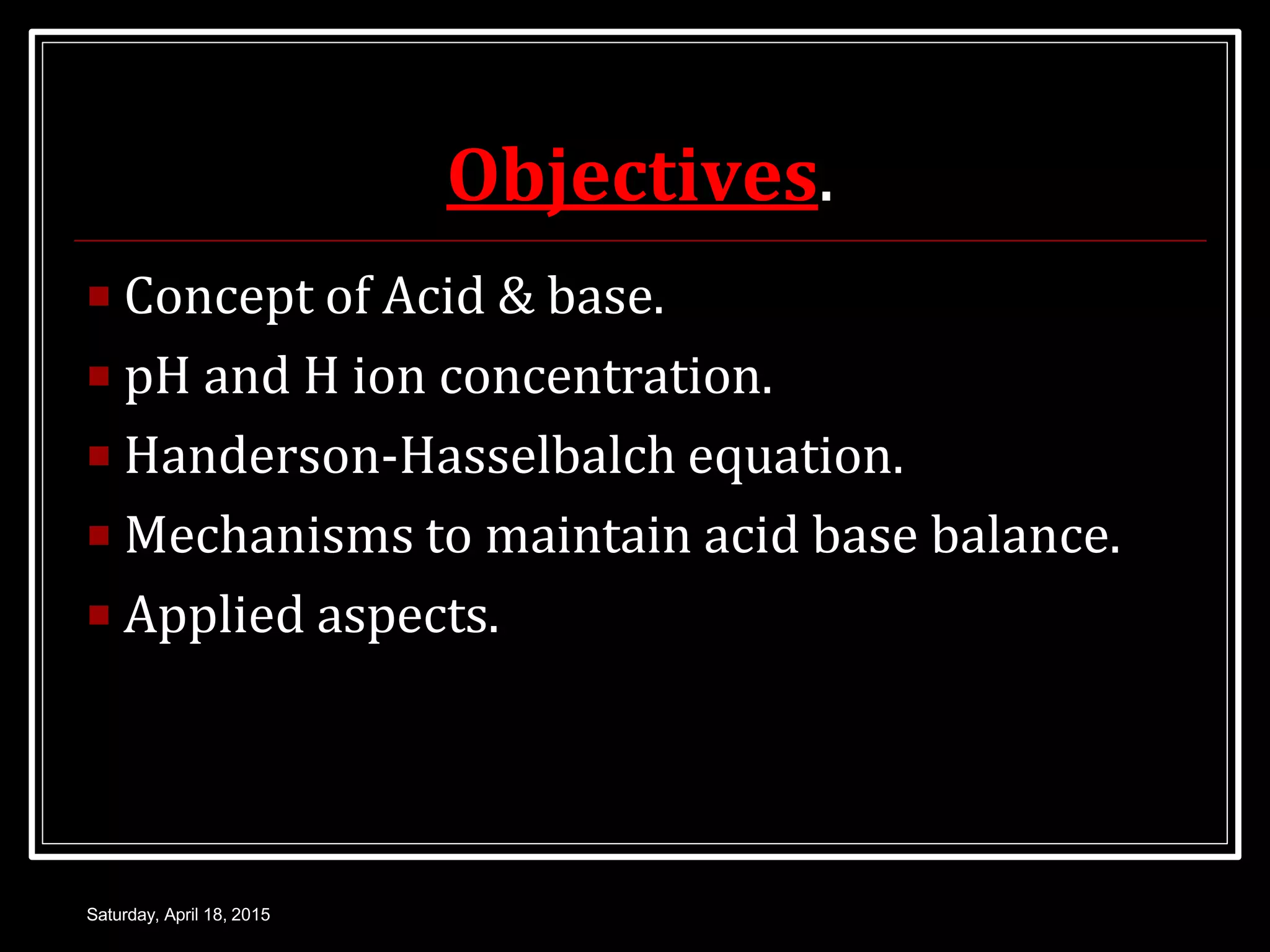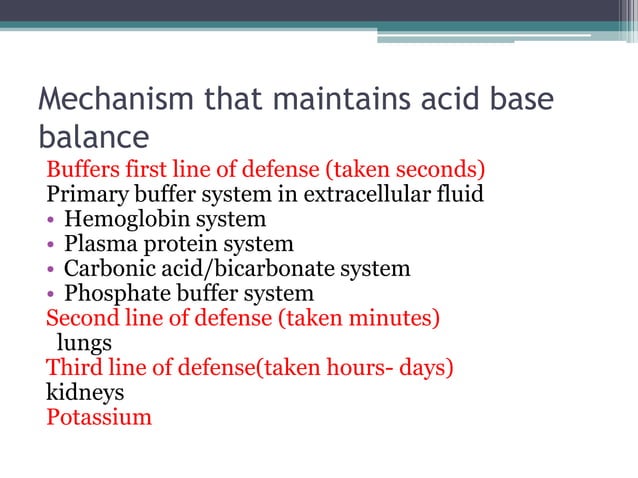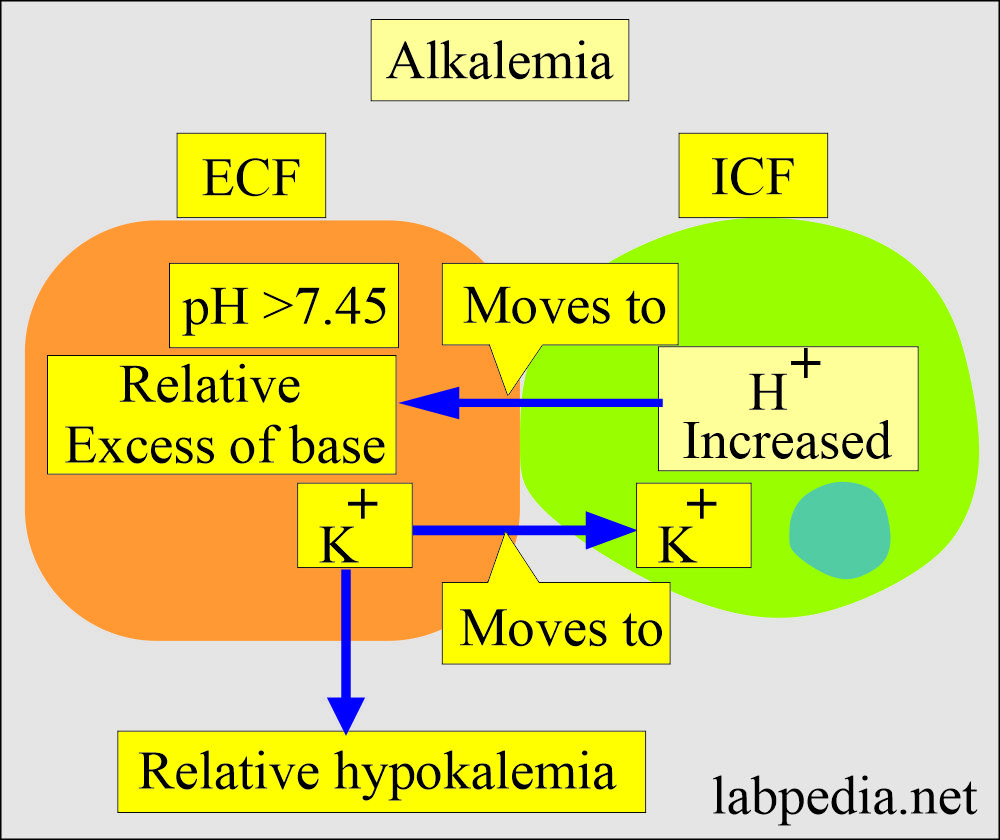The Skeletal System Helps Maintain Acid-base Balance By
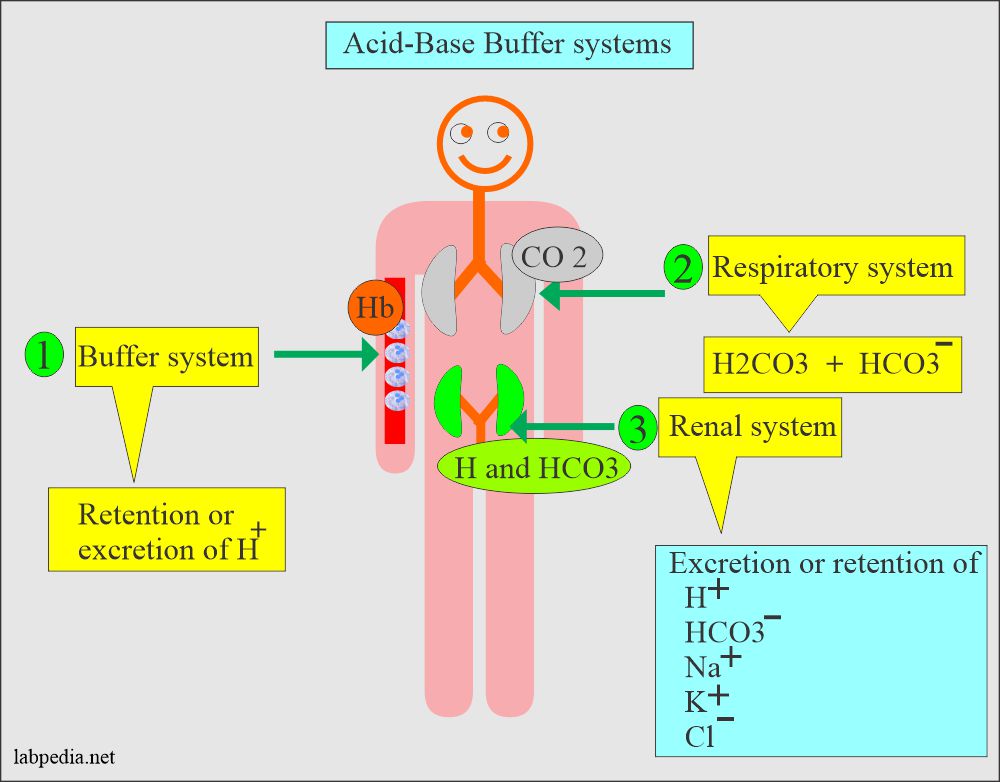
Urgent research reveals the skeletal system plays a far more critical role in acid-base balance than previously understood, impacting treatments for metabolic disorders and bone diseases.
This groundbreaking discovery could reshape approaches to managing conditions like acidosis and alkalosis, highlighting the skeleton as an active participant in pH regulation, not merely a structural framework.
Skeletal System's Unexpected Role
For years, the kidneys and lungs have been recognized as the primary regulators of blood pH. A new study, published in "The Journal of Bone and Mineral Research", indicates that the skeleton also contributes significantly.
The study, conducted by researchers at the National Institutes of Health (NIH), demonstrates how bone releases and absorbs minerals to buffer pH fluctuations.
This process involves the mobilization of calcium carbonate and calcium phosphate, the main components of bone mineral.
The Mechanism Unveiled
The research team, led by Dr. Emily Carter, discovered that bone cells, particularly osteoclasts and osteoblasts, actively participate in the acid-base buffering process.
Osteoclasts, responsible for bone resorption, release calcium and phosphate into the bloodstream when pH levels drop too low (acidosis).
Conversely, osteoblasts, which build bone, absorb these minerals when pH levels rise too high (alkalosis), effectively acting as a pH regulator.
Data and Findings
The study involved a series of in-vitro and in-vivo experiments. In-vitro, bone samples were exposed to varying pH levels, showing a direct correlation between pH and mineral release or absorption.
In-vivo, mice with induced metabolic acidosis demonstrated significant bone mineral loss compared to control groups. This confirms the role of the skeleton in neutralizing excess acid in the blood.
Researchers quantified the amount of mineral released or absorbed at different pH levels. They reported that bone could buffer up to 15% of excess acid in the body.
Implications for Treatment
This discovery has profound implications for the treatment of metabolic disorders. Conditions like diabetic ketoacidosis and chronic kidney disease often lead to severe acid-base imbalances.
Current treatments focus primarily on the kidneys and lungs. Incorporating skeletal considerations could improve treatment efficacy.
Specifically, drugs that target bone metabolism, such as bisphosphonates, may need reevaluation regarding their impact on acid-base balance.
Impact on Bone Diseases
The finding also shed light on the link between bone diseases and acid-base imbalances. Osteoporosis, a condition characterized by decreased bone density, may worsen due to chronic acidosis.
Acidosis can trigger increased bone resorption, leading to further bone loss. This suggests that managing pH levels could be a crucial component of osteoporosis treatment.
Patients with chronic kidney disease, who often experience both bone disorders and acidosis, could particularly benefit from this new understanding.
Expert Commentary
"This is a paradigm shift in how we view the skeleton," said Dr. David Miller, a leading endocrinologist at Massachusetts General Hospital, who was not involved in the study.
"The skeleton is not just a structural support; it's an active metabolic organ contributing significantly to pH homeostasis."
He further added, "This opens up new avenues for therapeutic interventions targeting both bone health and acid-base balance."
Next Steps and Ongoing Research
Researchers are now investigating the long-term effects of chronic acid-base imbalances on bone health. They are also exploring potential therapeutic targets within the skeletal system for improving pH regulation.
Clinical trials are planned to evaluate the efficacy of interventions that combine traditional acid-base management with bone-targeted therapies. The NIH is funding further research to explore the specific molecular mechanisms involved.
Understanding how the skeletal system contributes to acid-base balance could lead to more effective treatments for a range of conditions, improving patient outcomes and reducing the burden of metabolic and bone diseases.
